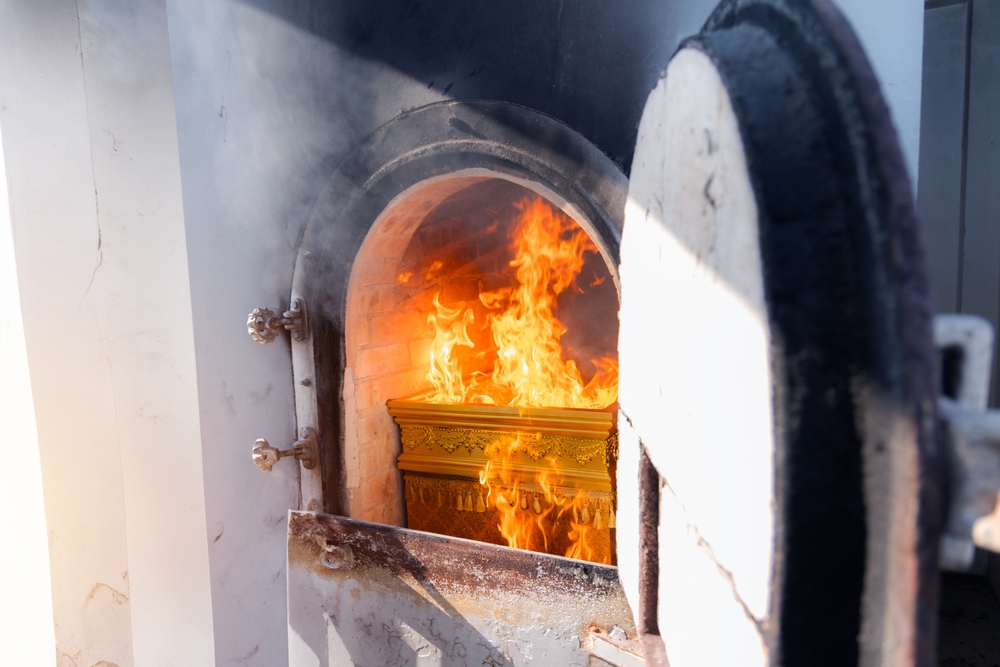
For many of us who grew up in a time when traditional burials were the norm, the idea of cremation can feel unfamiliar — even unsettling.
Yet more and more families today are choosing cremation, not out of disrespect for tradition, but because they want something simple, peaceful, and meaningful.
Still, the process is surrounded by mystery, which often leads to fear. And as we know, fear usually grows in the dark places where information is missing.
“How can I be certain..?”
Former funeral home worker Lauren, known on TikTok as @lovee.miss.lauren, has made it her mission to shine a little light on those dark corners by explaining what really happens during cremation. Her videos have reached more than 2.5 million people, many of them seeking the same reassurance:
“How can I be certain that the ashes I receive truly belong to my loved one?”
Lauren breaks down the process step by step. She explains that when a body arrives at the crematory, it receives a metal ID plate with a unique number.

That plate stays with the body throughout the entire process. Afterward, the ashes are placed into a labeled bag, along with a cremation certificate listing the person’s name and registration number.
Some of the questions Lauren receives might sound unusual, but they speak to real worries. One person even asked what happens if a woman passes away while on her period. Lauren clarifies that in most cases, especially when an autopsy or embalming takes place, any items like tampons are removed “with the family’s approval and in accordance with strict protocols that ensure respect for the body.”
In the UK, funeral professional Louise Singer, manager of Bramcote Bereavement Services, also shared insight into what happens behind the scenes.

Before cremation begins, staff carefully inspect the coffin for items that can’t go into the chamber — especially medical devices. A pacemaker, for example, can explode under extreme heat. As Louise explains, it can even “lift a 20-ton, seven-inch-thick cremation chamber into the air.”
Once everything is safe and prepared, the cremation begins. The furnace reaches temperatures between 800 and 1,000 degrees Celsius, and the process typically takes about an hour and a half. Staff members check progress through a small spy hole to ensure everything proceeds safely and respectfully.
While talking about cremation may feel uncomfortable, understanding the process often brings great peace of mind. And if you or your family have more questions, the best step is simply to speak with a trusted funeral director. They’re there to guide you — gently, patiently — through decisions no one should have to make alone.
READ MORE
- 3 foods that fight liver fat, regulate sugar and cholesterol
- Reba McEntire shares brilliant Thanksgiving dinner hack everyone should try




